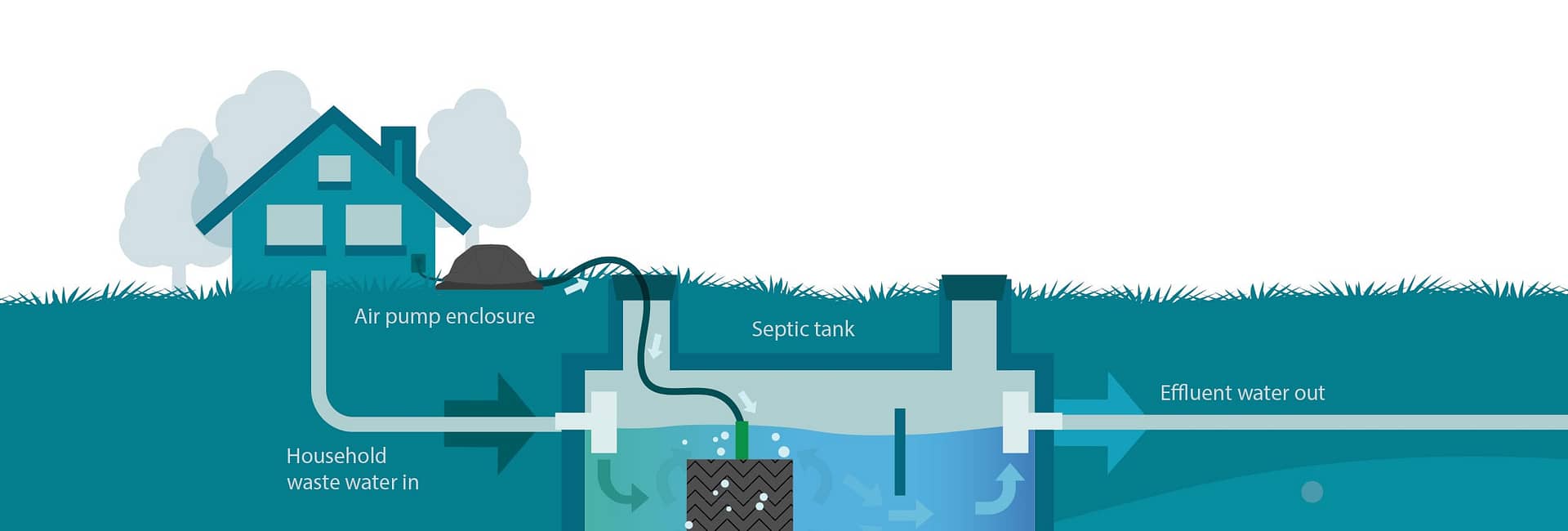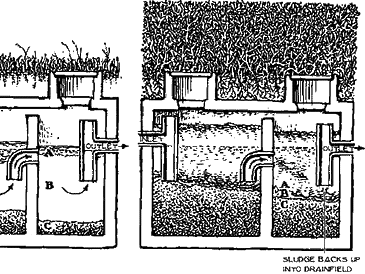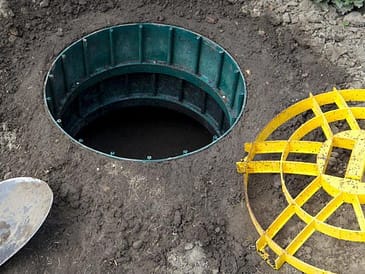Septic tanks are a critical component of rural and suburban homes that don’t have access to centralized sewer systems. Traditionally, these tanks have been known for their foul odor and maintenance issues. However, the modern septic tank design has undergone significant improvements that have made them an efficient and eco-friendly solution for managing household sewage. From plastic to concrete construction, to advanced filtering, these new designs have transformed the septic tank industry. In this blog post, we’ll discuss the latest innovations and features of modern septic tank design that has led to appreciable benefits for homeowners and a cleaner environment.

1. Enhanced innovative/alternative septic systems to prevent excess nutrients
Enhanced innovative/alternative septic systems are being developed to prevent excess nutrients, such as nitrogen, from entering the environment. These systems have shown promise in removing nitrogen from wastewater before it enters groundwater, estuaries, and ponds. EPA scientists are partnering with other organizations to implement a neighborhood-scale demonstration of these systems in the Barnstable Clean Water Coalition (BCWC). The IA septic system upgrades are being offered by BCWC to up to 40 homeowners in a Barnstable, MA neighborhood. Each system will be monitored for performance for approximately three years following installation. Groundwater monitoring wells located up- and downgradient from participating homes will be monitored to determine the total effects of IA septic systems on groundwater nitrogen levels. EPA scientists will conduct concurrent research on the social acceptability and user experience of IAs to inform outreach to potential future participants. Information gathered from focus groups of IA septic system adopters and non-adopters will be shared with stakeholders in the Cape Cod region and other areas seeking to better manage nitrogen from septic systems. [1][2]

2. Testing of new septic system designs for nitrogen removal
The United States Environmental Protection Agency (EPA) is partnering with various organizations to implement a neighborhood-scale demonstration of enhanced innovative/alternative (IA) septic systems that are designed to prevent excess nitrogen from entering estuaries and freshwater ponds in the Cape Cod region. These enhanced IA septic system designs have shown promising results for removing much of the nitrogen in wastewater before it enters surrounding groundwater, estuaries, and ponds. However, only a limited number of systems have been field-tested, and more installations and testing are needed to evaluate performance before they can be considered for broader use.
Acceptance of these systems by homeowners can depend on factors such as cost, aesthetics, perceived risks, and local ordinances. Excess nitrogen from septic systems and other human activities can threaten aquatic ecosystems, including estuaries and wetlands, by contributing to algae blooms, low dissolved oxygen, degradation of seagrass, and fish kills. The IA septic systems are designed to prevent excess nutrients from entering the Cape’s estuaries and freshwater ponds. EPA scientists will conduct concurrent research on the social acceptability and user experience of IAs to inform outreach to potential future participants. The study is part of a larger pilot project at EPA focused on evaluating promising interventions with a goal of reducing excess nitrogen in the Cape Cod region. [3][4]
3. Traditional septic systems contribute to excess nitrogen pollution
Traditional septic systems are commonly used in areas without a centralized sewer system. These systems usually consist of a buried water-tight container called a septic tank and a shallow covered soil absorption field called a drain field. However, these systems do very little to remove excess nitrogen from wastewater, which has resulted in nitrogen pollution in surrounding environments. Excess nitrogen from septic systems and other human activities can threaten estuaries, wetlands, drinking water sources, and freshwater ponds as they contribute to algae blooms, low dissolved oxygen, degraded seagrass, and impaired freshwater. This pollution problem has led to the development of new septic system technologies that are now available, able to remove nearly 90% of the nitrogen in wastewater, and address some issues in coastal areas with higher groundwater levels. These enhanced innovative/alternative septic systems are designed to prevent excess nutrients from entering the Capes estuaries and freshwater ponds. [5][6]

4. Neighborhood-scale demonstration project for improved septic systems
A neighborhood-scale demonstration project was initiated to showcase improved septic systems. The project aims to provide effective and affordable wastewater treatment solutions in areas where conventional centralized systems are impractical or too expensive. The demonstration involves the installation of innovative technologies that treat wastewater on-site and ensure environmental protection. These systems satisfy regulatory standards while also being more efficient and sustainable. This project is a great opportunity for homeowners and communities to learn about decentralized wastewater management and the benefits it provides. The demonstration project will also help promote the adoption of improved septic systems and push for their integration into design standards in the future. Ultimately, this initiative can assist in landfill diversion, energy conservation, and reduction in greenhouse gas emissions through the retention of valuable nutrients and water resources. [7][8]
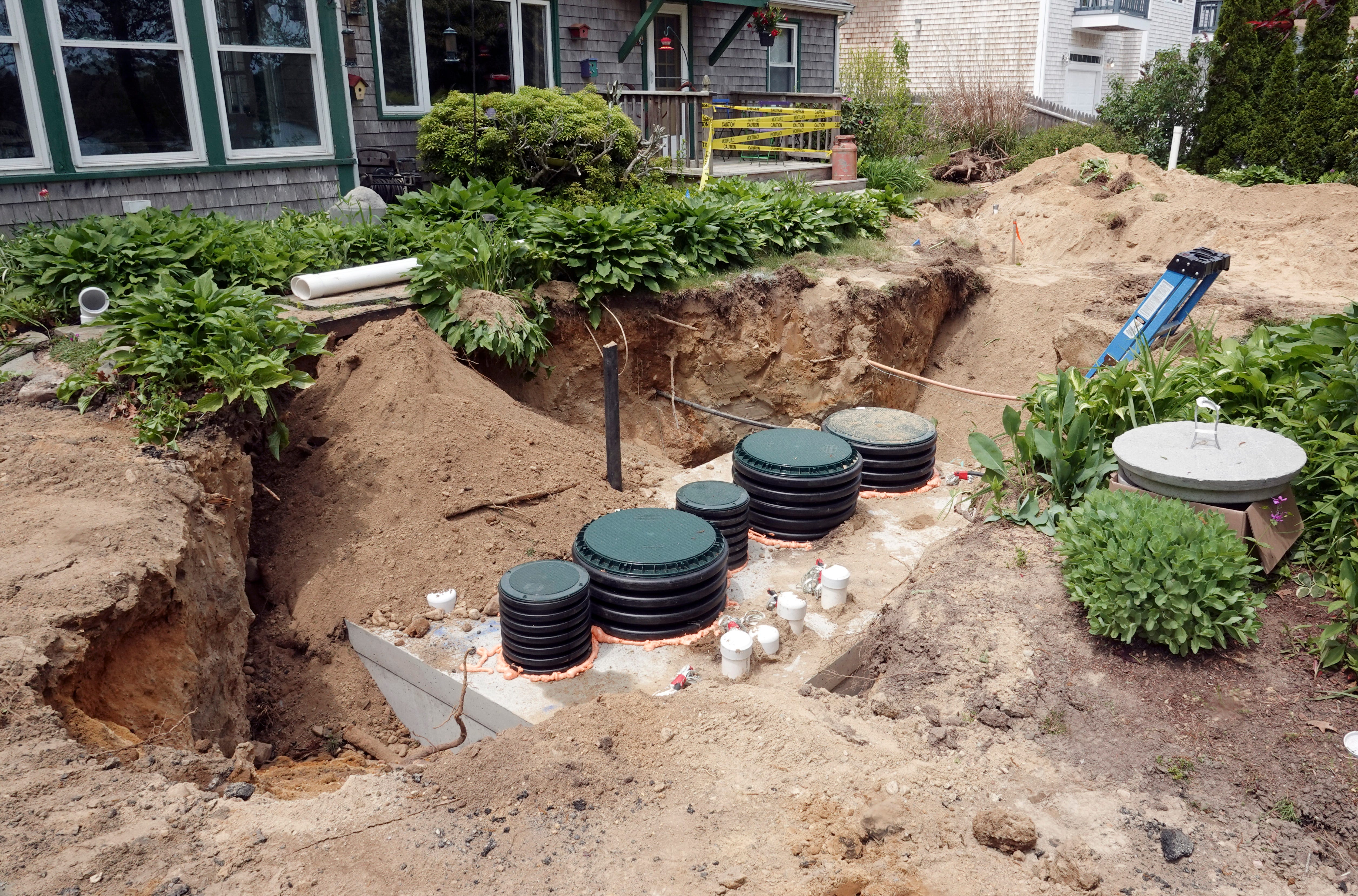
5. Upgrades to innovative/alternative septic systems in Cape Cod region
In an effort to prevent excess nutrients from entering estuaries and freshwater ponds in the Cape Cod region, the EPA is partnering with local organizations to implement neighborhood-scale demonstrations of enhanced innovative/alternative (IA) septic systems. These IA septic systems have shown promise in removing much of the nitrogen in wastewater before it enters surrounding groundwater, estuaries, and ponds. However, more installations and testing are needed before they are considered for broader use. To evaluate the performance of the latest enhanced IA septic systems, up to 40 homes in a Barnstable neighborhood will have their traditional septic systems replaced with IA septic systems, capable of removing nitrogen from wastewater. These systems will be monitored for approximately three years following installation, and the data collected will be used to inform future outreach to potential participants. [9][10]

6. Monitoring of IA septic system performance for nitrogen removal
In order to evaluate the effectiveness of innovative/alternative (IA) septic systems in removing excess nitrogen from wastewater, a monitoring process has been put in place. This monitoring will take place over a period of approximately three years following installation and will involve the use of groundwater monitoring wells. These wells will help to determine the total effects of IA septic systems on groundwater nitrogen levels both up and downstream from participating homes. EPA scientists will also conduct research on the social acceptability and user experience of these systems to provide insights to stakeholders in the Cape Cod region and other areas. The data gathered from this monitoring process will provide important information on the performance of IA septic systems, their cost-effectiveness, and their impact on groundwater nitrogen levels. This information will be useful for developing and implementing strategies to reduce excess nitrogen and improve water quality in sensitive areas. [11][12]

7. Focus groups to inform outreach for future IA septic system adoption
The EPA is conducting a neighborhood-scale demonstration of innovative/alternative (IA) septic systems to prevent excess nutrients such as nitrogen from entering estuaries and freshwater ponds in the Cape Cod region. However, homeowners’ acceptance of IA systems can rely on social factors, cost, and perceived risks. To better understand potential future participants’ outreach, the EPA and partners are conducting focus groups with IA septic system adopters and non-adopters. The information gathered from these focus groups will be used to inform stakeholders in the Cape Cod region and other areas looking to better manage nitrogen from septic systems. The IA septic systems are designed to prevent excess nutrients from entering the Capes estuaries and freshwater ponds, and performance measures and cost effectiveness information for the deployed IA septic systems will be evaluated in the demonstration project. Groundwater monitoring wells will be monitored to determine the total effects of IA septic systems on groundwater nitrogen levels. [13][14]
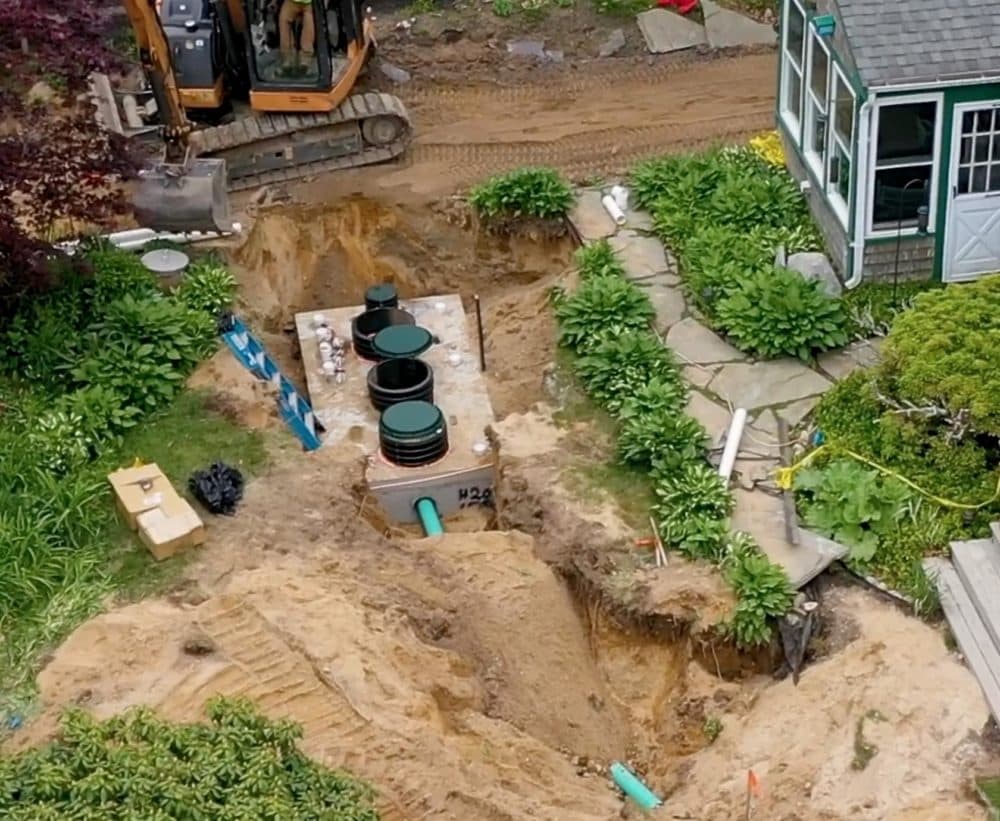
8. Pilot project to reduce excess nitrogen in Cape Cod region
A pilot project is underway to reduce excess nutrient loading in Cape Cod’s waters. The project aims to develop a watershed-level approach to decrease the amount of excess nitrogen in the Three Bays Watershed. One part of the project will replace traditional septic systems with enhanced nitrogen-reducing septic systems in up to 20 houses. These enhanced innovative/alternative (IA) septic systems will be monitored collectively for nitrogen removal performance for approximately three years following installation. Concurrently, EPA scientists will research the factors that influence social acceptance of these nitrogen-reducing systems. The end goals of the demonstration project include quantifying nitrogen reduction and communicating lessons learned to local, state, regional, and federal partners in watersheds similarly compromised by legacy septic systems. [15][16]
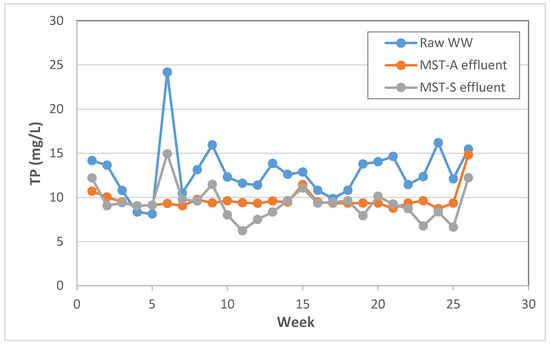
9. Performance measures and cost effectiveness of IA septic systems
One promising solution for removing excess nutrients like nitrogen from wastewater before it enters the environment is enhanced innovative/alternative (IA) septic systems. These septic systems have shown efficient nitrogen removal in wastewater, but more testing and installations are necessary to determine their effectiveness and cost efficiency. Homeowners’ willingness to adopt these systems might be influenced by factors like cost, aesthetics, perceived risks, and local regulations. To evaluate the performance and cost-effectiveness of IA septic systems, the US Environmental Protection Agency (EPA) has partnered with other agencies to implement a neighborhood-scale demonstration project in a high-density housing Barnstable, Massachusetts. The project involves the replacement of up to 40 traditional septic systems with novel IA septic systems that remove nitrogen from wastewater and will be monitored for about three years. Results from this pilot project will inform stakeholders in the Cape Cod region and other areas facing similar challenges with traditional legacy septic systems. [17][18]
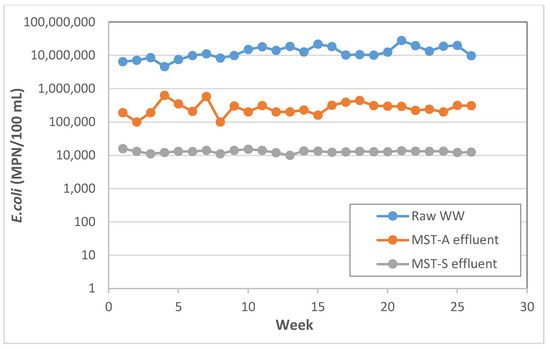
9. Performance measures and cost effectiveness of IA septic systems
The enhanced innovative/alternative (IA) septic systems are designed to prevent excess nutrients from entering estuaries and freshwater ponds by removing nitrogen from wastewater before it enters surrounding groundwater, estuaries, and ponds. The IA septic system upgrades are being offered to homeowners in a Barnstable, MA neighborhood. Each system will be monitored for nitrogen removal performance for approximately three years following installation. Groundwater monitoring wells located upstream and downstream from participating homes will be monitored to determine the total effects of IA septic systems on groundwater nitrogen levels. The project aims to provide performance measures and cost effectiveness information for the deployed IA septic systems and will evaluate the impact of the systems on groundwater nitrogen levels. This information will enable local, state, regional, and federal partners to implement similar IA septic systems in other areas compromised by traditional legacy septic systems. [17][18]
